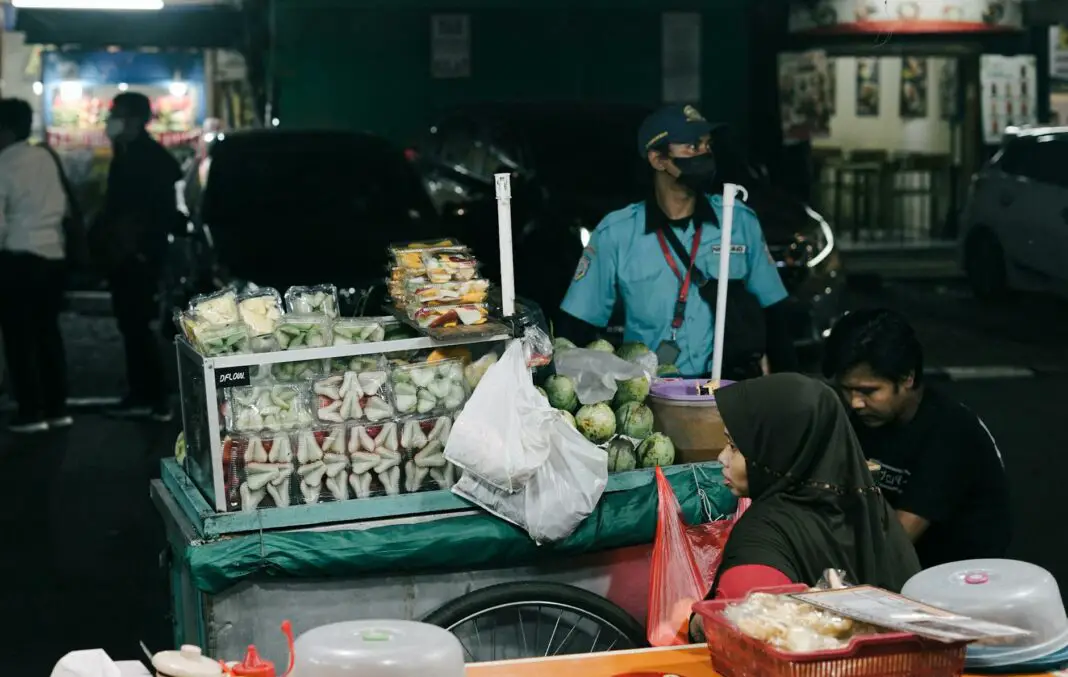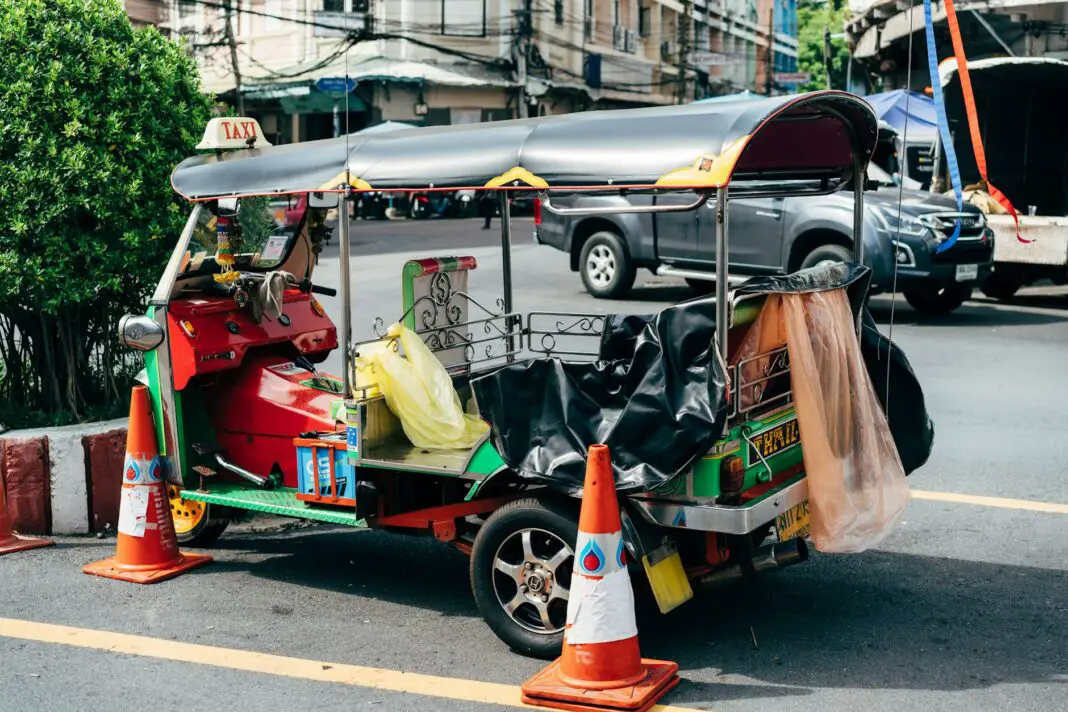Exploring Thailand: Do You Know These Shocking Thai Etiquette Rules?
Embarking on a trip to the vibrant landscapes of Thailand offers a dazzling blend of rich culture, breathtaking sights, and tantalizing flavors. However, diving headfirst into this Southeast Asian gem without understanding its unique social norms can lead to some unexpected surprises. Hence, it’s vital to familiarize yourself with the etiquette rules that govern daily life in Thailand. In this post, we’ll provide essential insights into the fascinating customs and traditions to help you navigate through your adventure without a hitch.
Not only will understanding Thai etiquette serve to enhance your travel experience, but it will also showcase your respect for the local culture. This guide is designed for those eager to make authentic connections during their visit. So, whether you plan to explore serene temples, indulge in street food, or interact with local Thais, staying informed about these customs will make your journey all the more memorable.
Table of Contents
- Greetings and Showing Respect
- The Wai Gesture
- Temple Visit Etiquette
- Understanding Dress Codes
- Be Mindful of Your Head and Feet
- Social Customs and Conversation
- Gender and Social Interactions
- A Compelling Wrap-Up for Your Thai Adventure
Greetings and Showing Respect
Upon arriving in Thailand, understanding how to greet others properly will set the tone for your interactions. Locals are warm, friendly, and hospitable, and using greetings that resonate with their culture is key. While a simple “hello” in Thai is “Sawasdee,” the manner of delivery is paramount. When you greet someone, bow slightly and use the appropriate hand gesture to convey genuine respect, reflecting your appreciation for Thai customs. This act not only acknowledges their culture but establishes a meaningful connection, paving the way for a delightful experience throughout your travels.
Moreover, it’s essential to recognize that hierarchy significantly influences Thai social interactions. Often, people will defer to elders or those in positions of authority. When engaging in conversation, you may notice that individuals exhibit signs of reverence towards superiors, or even teachers. Therefore, it’s encouraged to always approach interactions with a respectful demeanor, as it reflects positively on you as a visitor and enhances your experience in this beautiful country.
The Wai Gesture
One of the most iconic aspects of Thai etiquette is the Wai gesture, a symbolic representation of respect and greeting that involves placing your palms together in front of your chest and bowing slightly. Each aspect of the Wai holds significance; the height of your hands signifies the level of respect. For example, raising your hands to your forehead is appropriate when greeting monks and elders, while a lower placement is suitable for friends or peers. Learning to perform the Wai effectively can significantly bolster your travel interactions.
This action also showcases your understanding of Thai culture and traditions. If someone offers you a Wai, it’s polite to return the gesture, signifying mutual respect. Engaging in this traditional form of greeting deepens interpersonal connections and allows you to immerse yourself fully in the local experience. Remember, the Wai is more than just a gesture—it carries profound cultural meaning and can resonate deeply with the people you meet during your adventures.
Temple Visit Etiquette
Visiting Thailand wouldn’t be complete without exploring some of its awe-inspiring temples, but showing proper etiquette in these sacred spaces is critical to ensuring a respectful and enjoyable visit. Upon entering any temple, be prepared to remove your shoes, as this act signifies respect and reverence. Moreover, dressing appropriately is crucial. Both men and women should wear attire that covers their shoulders and knees to align with the sanctity of these sites.
While navigating temples, avoid loud conversations and stay mindful of taking photographs. Always ask for permission before capturing images of monks or during ceremonies, as doing so demonstrates respect for their spiritual practices. By adhering to these guidelines, you not only show deference to their beliefs but also enhance your understanding of Thailand’s rich spiritual heritage.
Understanding Dress Codes
Adopting appropriate attire extends beyond temple visits; it permeates daily life in Thailand. Choosing modest clothing will earn you respect and ease interactions with locals. In general, understanding local dress codes involves wearing clothing that covers your shoulders and thighs, particularly in areas such as markets, local shops, and casual dining spots.
On the flip side, when visiting beach areas or engaging in outdoor activities, lighter, breathable fabrics are acceptable. Nonetheless, it’s always best to err on the conservative side when in doubt. By dressing appropriately, you not only honor Thai customs but also help facilitate smoother interactions with the local community, making your travel experience more enriching.
Be Mindful of Your Head and Feet
In Thai culture, the head is considered the most sacred part of the body, whereas the feet symbolize the opposite. Therefore, it’s crucial for visitors to be mindful of these beliefs. Never touch someone’s head as it is regarded as a major faux pas, even if the individual is a child. Furthermore, avoid pointing your feet at people, images of Buddha, or other religious symbols. In a culture that holds such deep reverence for the head and disdain for the feet, being conscious of these norms will ensure that you navigate social situations gracefully and respectfully.
For instance, if you’re seated in a public area and need to cross your legs, do so in a manner that directs your feet toward the ground instead of towards people or objects. This minor adjustment can go a long way in demonstrating your respect for local customs and can significantly enrich your cultural immersion during your travels.
Social Customs and Conversation
During your time in Thailand, engaging in conversation with locals is often one of the highlights of your journey. Yet, some social customs may differ from those in your home country. For instance, refrain from discussing sensitive topics such as politics or religion, as these subjects can elicit strong opinions and lead to discomfort. Instead, focus on lighter subjects such as food, family, or travel experiences, which typically spark joy and enthusiasm among locals.
Additionally, during conversations, ensure your tone remains gentle and positive. Thais are known for their calm demeanor, and maintaining this level of peaceful communication is appreciated. By adhering to these social customs, you’ll create an inviting atmosphere that fosters genuine connections and shared laughter, making your Thai adventure even more remarkable.
Gender and Social Interactions
When navigating social interactions between genders in Thailand, being aware of cultural nuances is crucial. Generally, Thai society leans towards conservative values, which influences how men and women interact. In many instances, it is viewed as inappropriate for unmarried couples to display public affection. Consequently, if you are traveling with a partner, moderation is key.
Furthermore, when introducing yourself or initiating a conversation, a slightly reserved approach will likely yield positive results. Observe local behaviors and follow suit. By respecting these boundaries, you’ll cultivate an atmosphere of mutual understanding and appreciation, making your interactions seamless and enjoyable. This sensitivity not only enhances your experience but also showcases your respect for Thai customs.
A Compelling Wrap-Up for Your Thai Adventure
As your journey in Thailand comes to a close, it is crucial to reflect on the valuable insights gained from understanding and abiding by local etiquette rules. Embracing the customs and social norms will undoubtedly lead to deeper connections, enriching cultural exchanges, and unforgettable memories that make your trip profoundly immersive. By demonstrating respect for Thai culture, you become an ambassador for positive tourism, paving the way for future travelers to appreciate the beauty and depth of this remarkable destination.
Ending your adventure on a high note means cherishing each moment. Look back and appreciate the lessons learned, the friendships forged, and the cultural appreciation gained throughout your exploration of Thailand. With knowledge of etiquette by your side, every experience—from savoring delectable street food to marveling at magnificent temples—becomes more meaningful and impactful.
Frequently Asked Questions
What should I wear when visiting temples in Thailand?
It’s essential to dress modestly. Ensure that your shoulders and knees are covered to show respect when visiting temples.
Why is the Wai gesture significant?
The Wai gesture is a traditional greeting that expresses respect. The hand placement indicates the level of respect, making it a vital aspect of Thai culture.
Can I take photos in temples?
While photography is generally allowed, always ask for permission before photographing individuals, especially monks, to show respect for their spiritual practices.
Are there any topics I should avoid in conversations?
Yes, avoiding sensitive topics such as politics and religion is wise. Instead, focus on positive subjects like food and culture.
How do I show respect for the head and feet culture?
Avoid touching anyone’s head and never point your feet at people or religious images to show understanding of Thai customs.
Image Credit: Pexels





